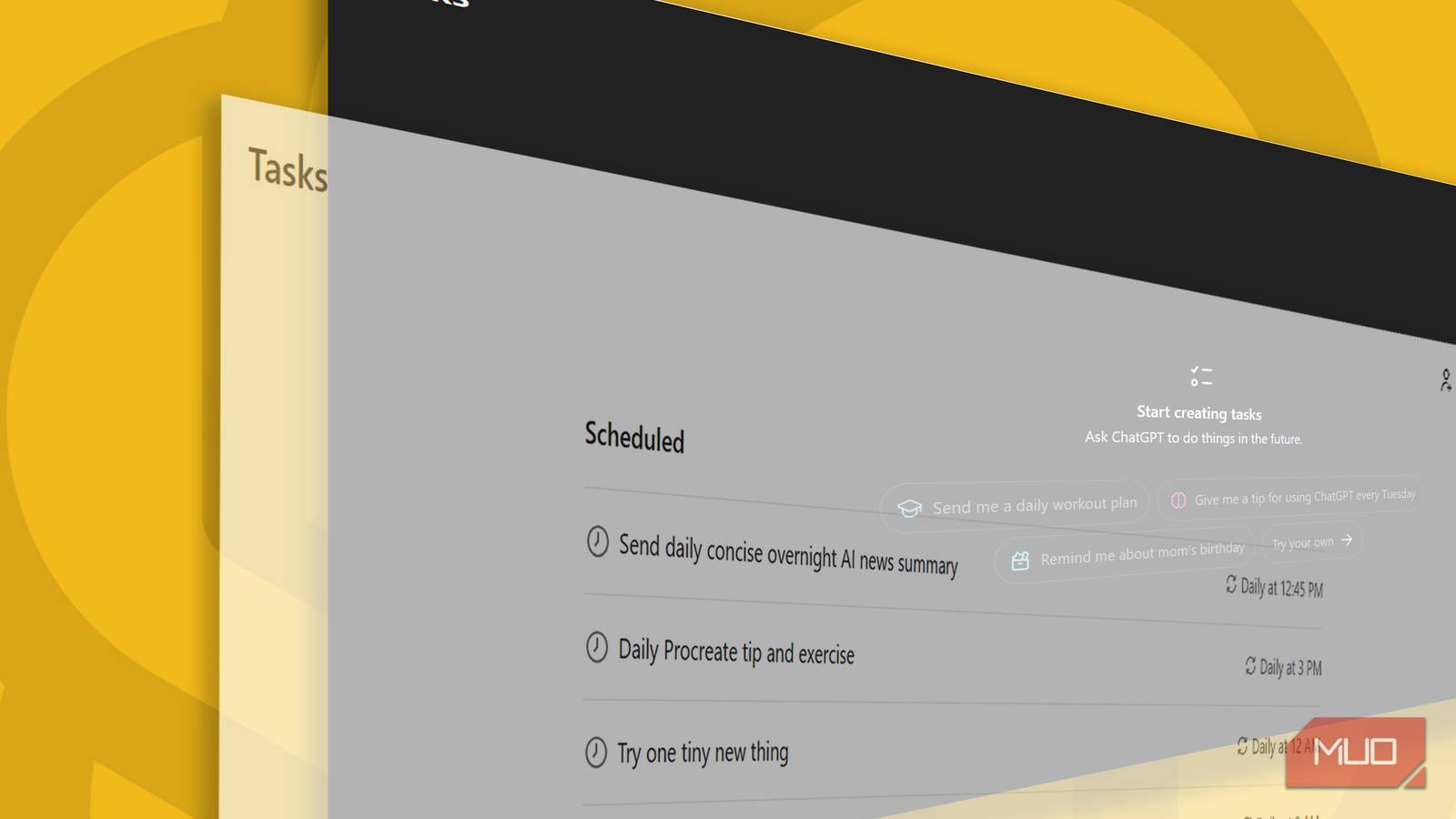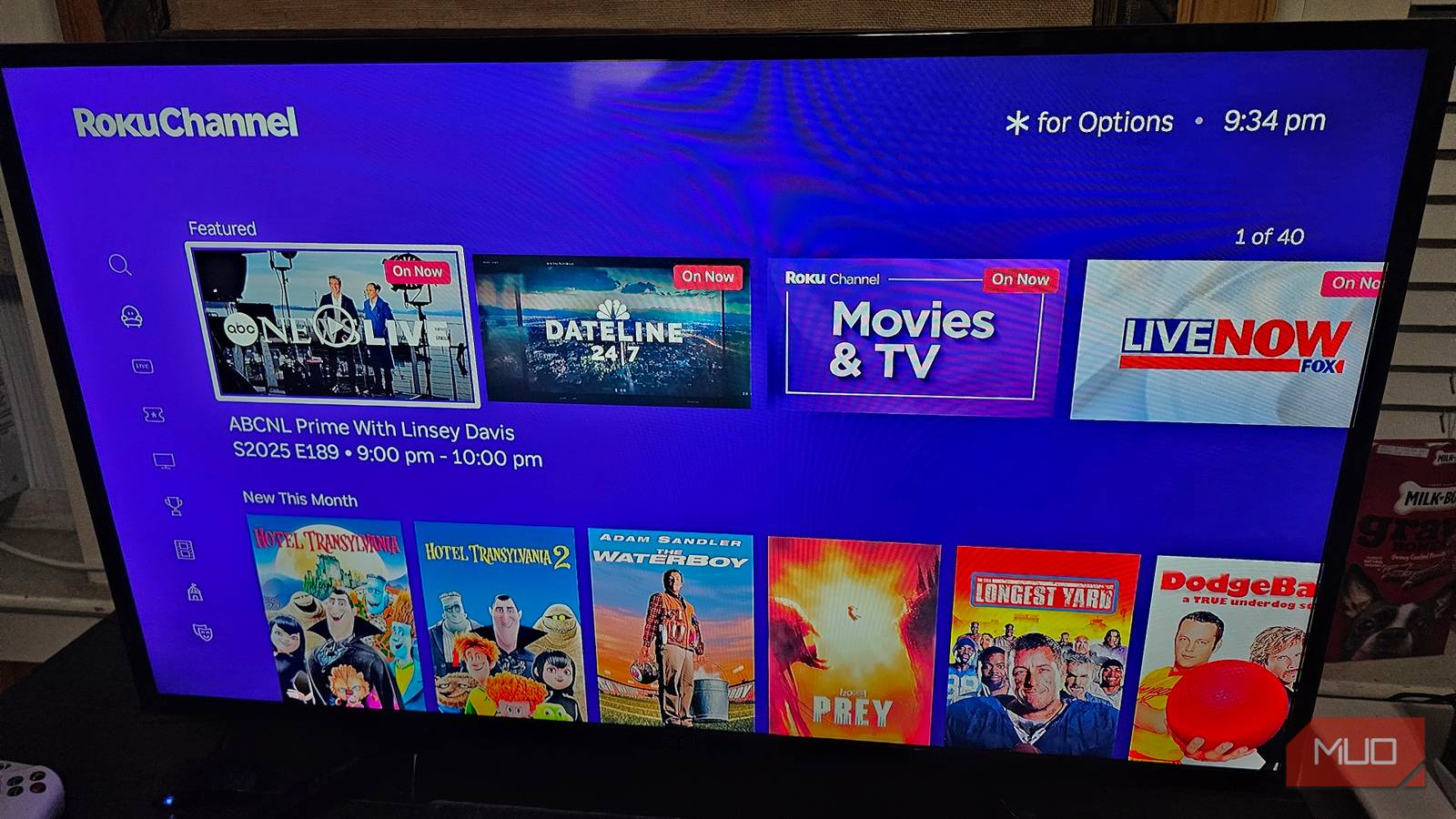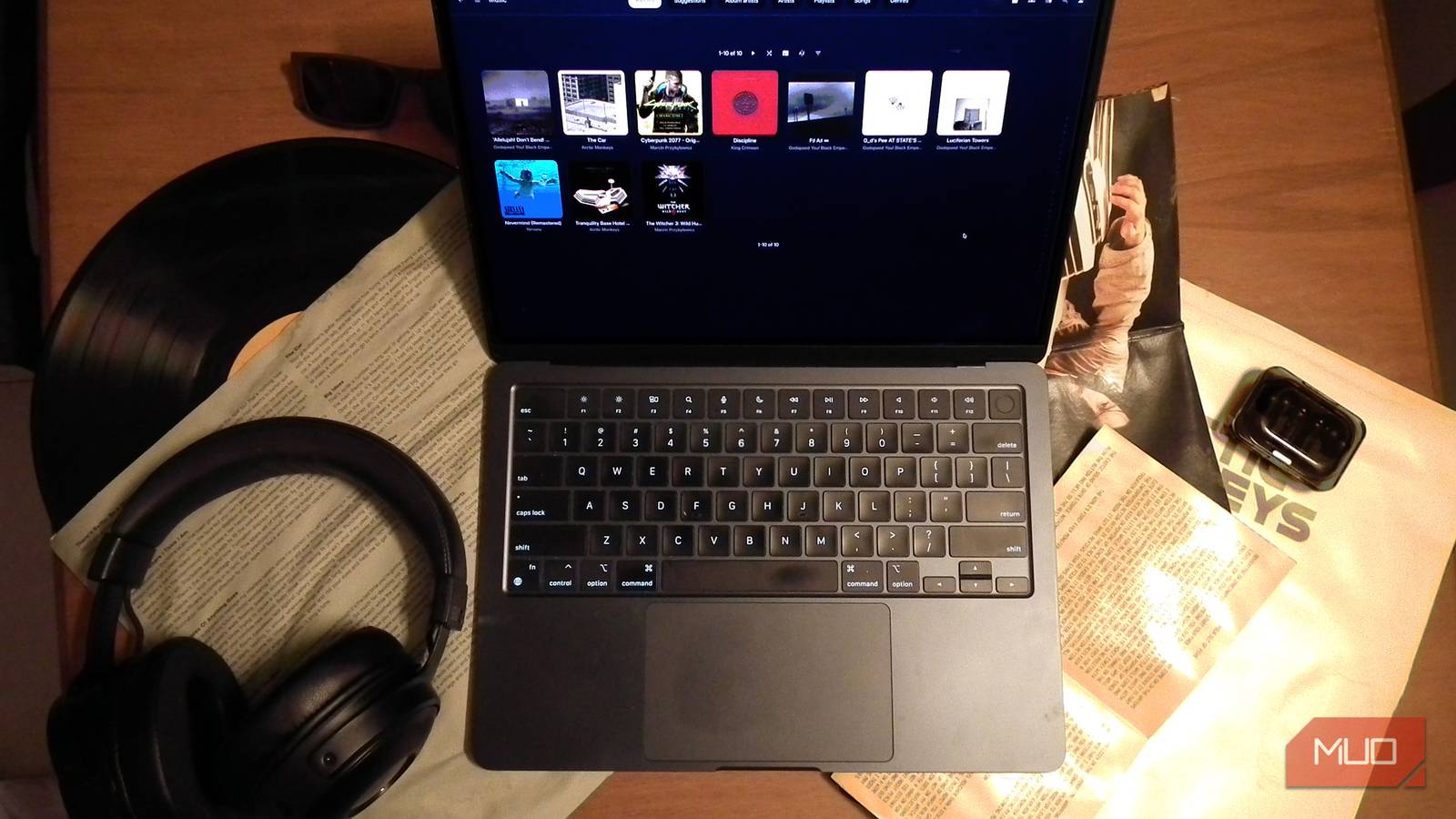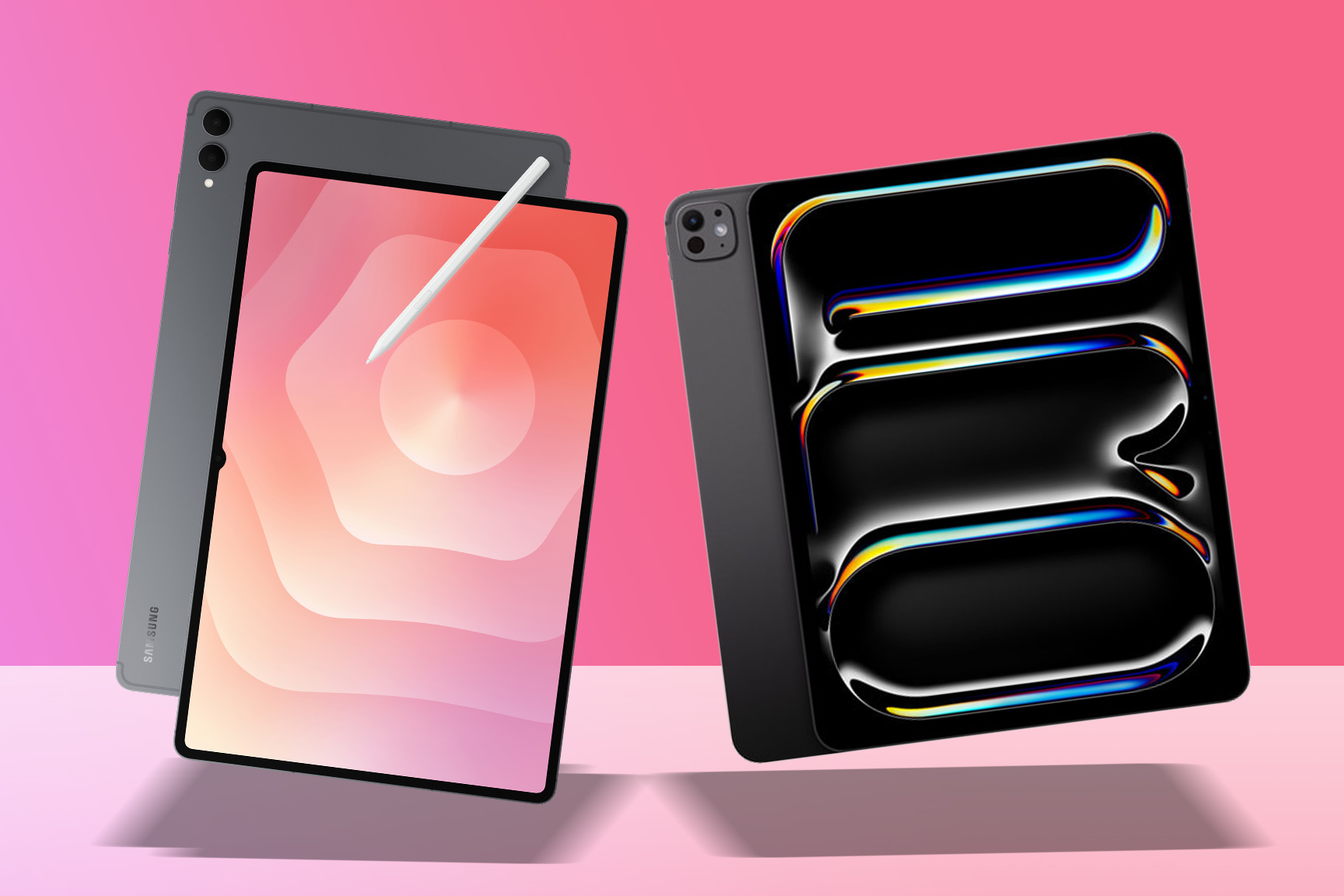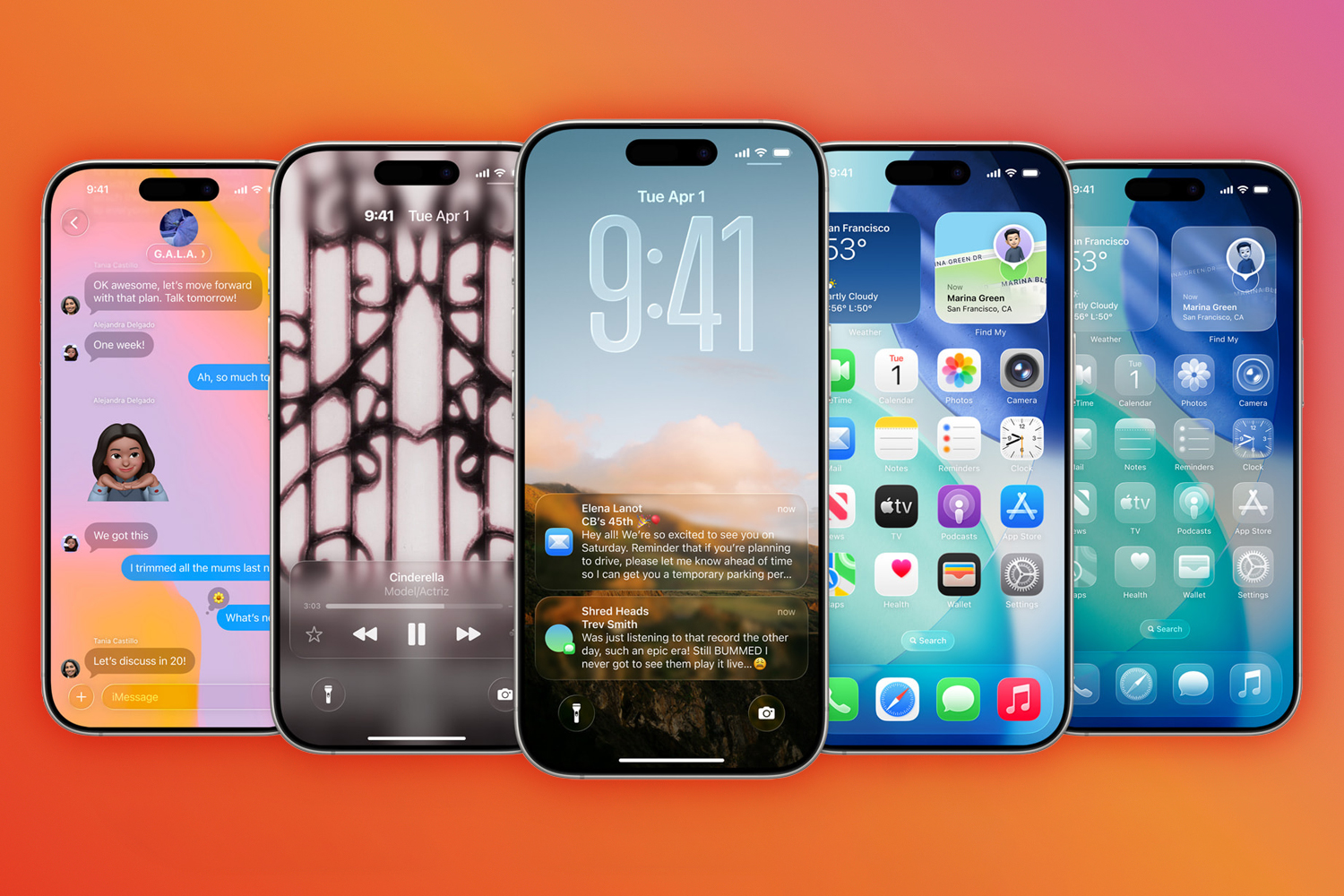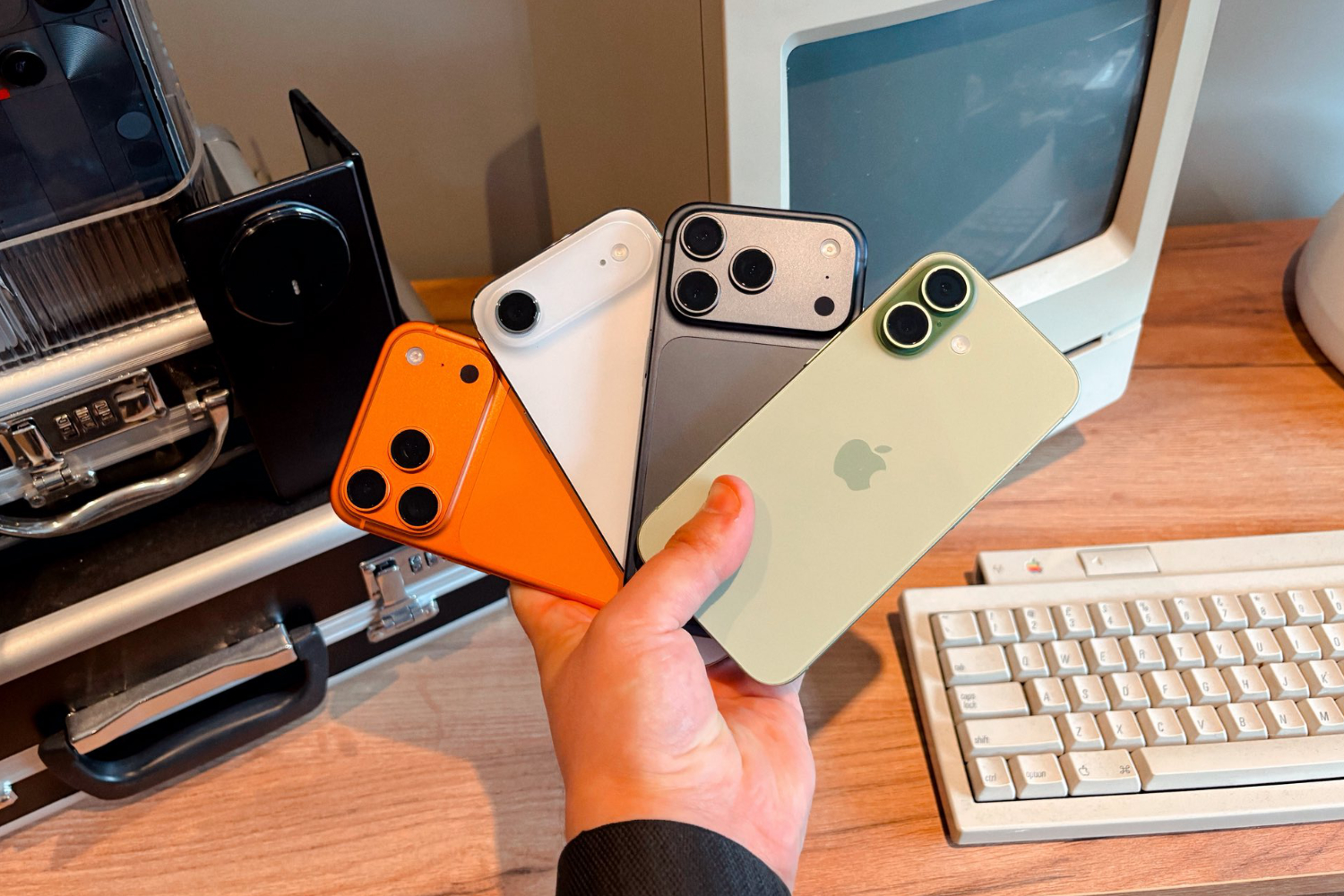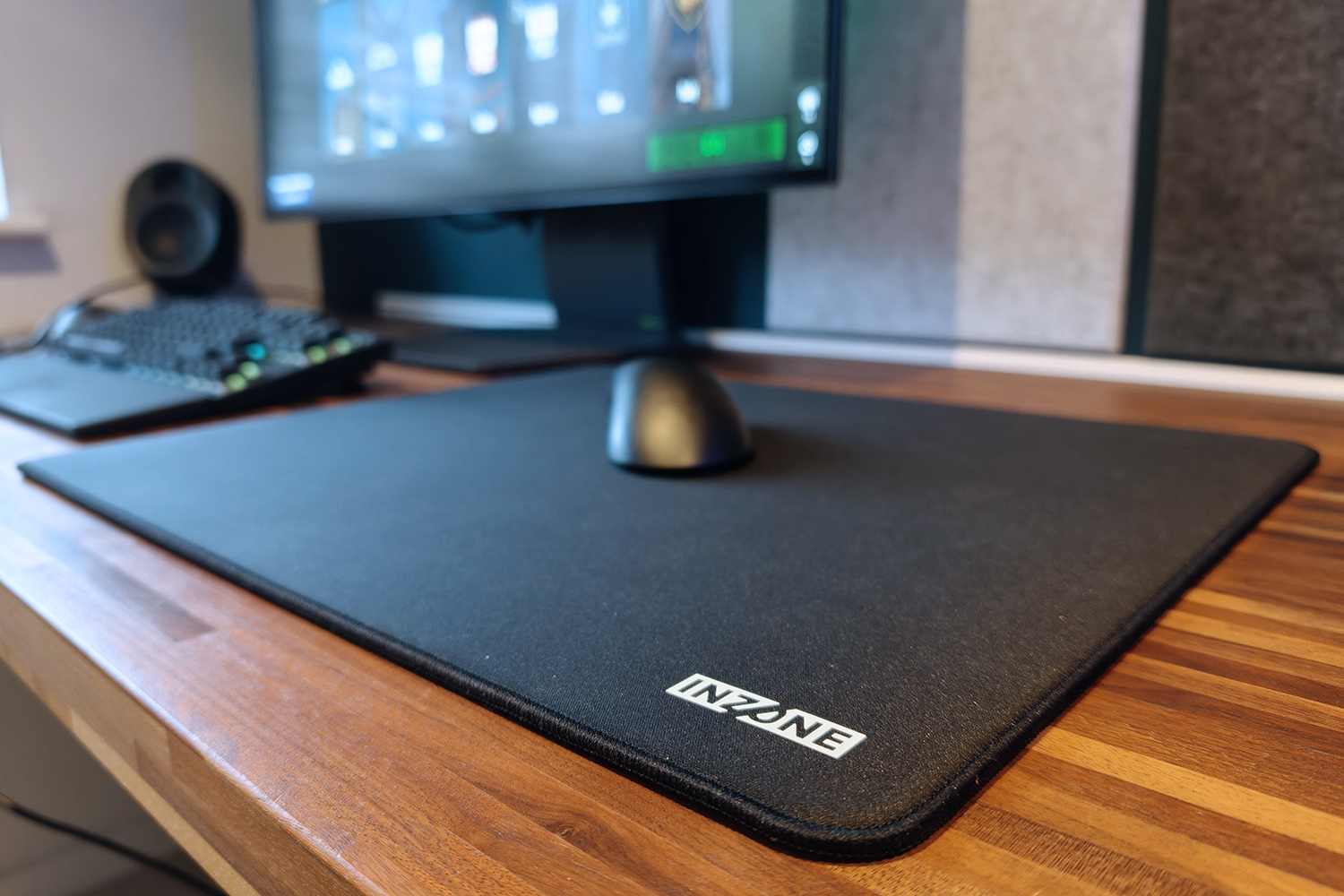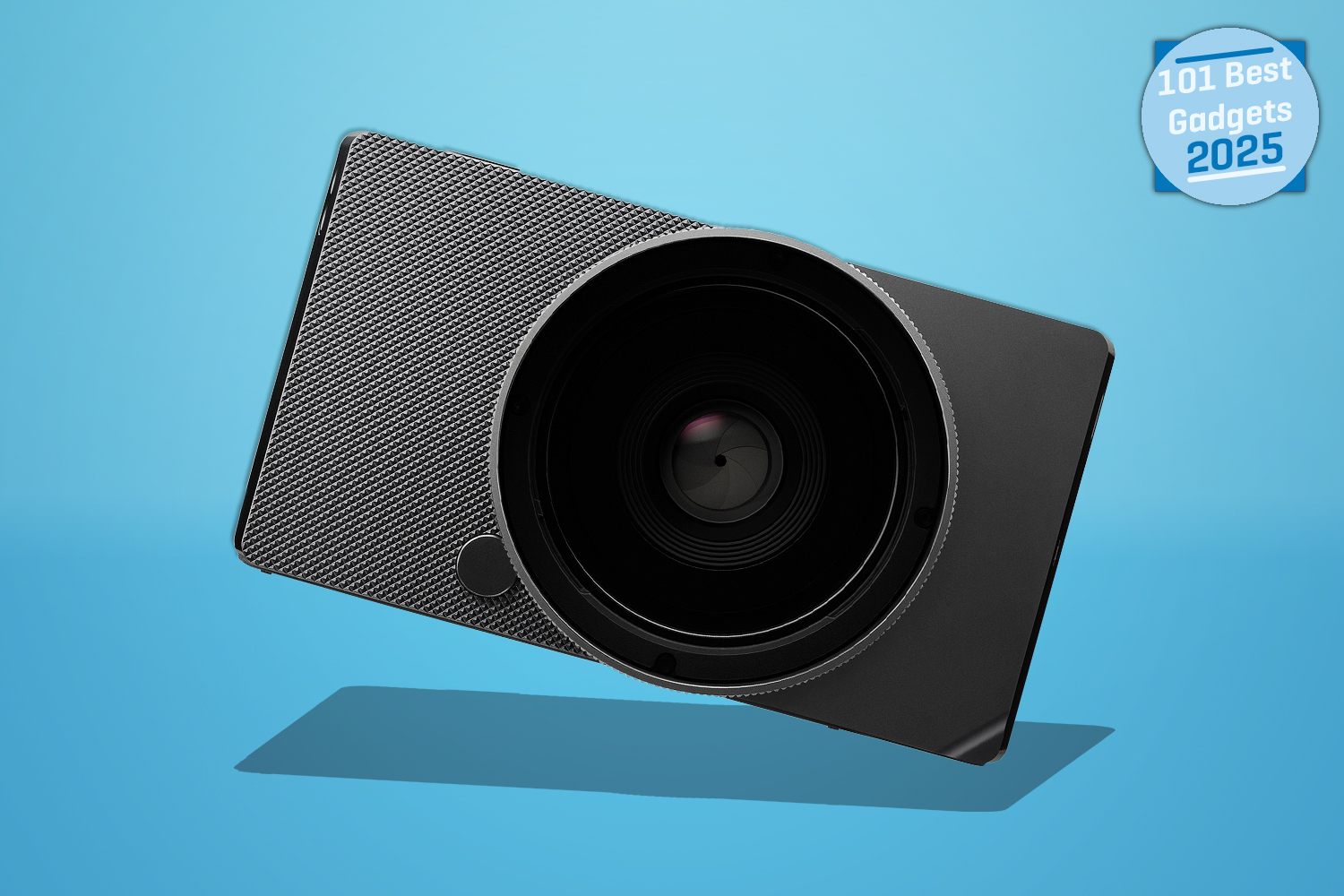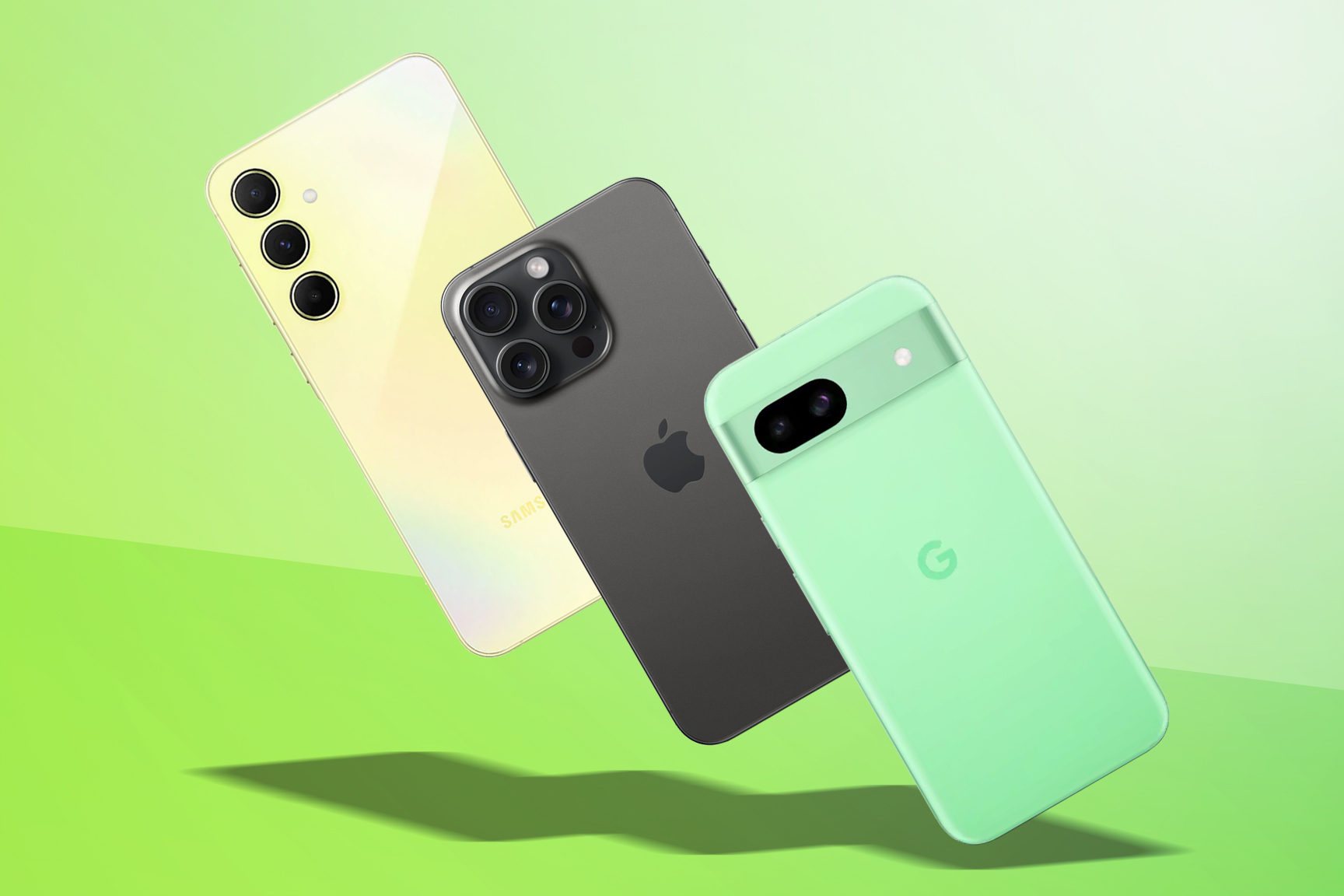Samsung’s biggest, most powerful tablet to date is here. The Galaxy Tab S11 Ultra will almost surely be laying claim to the best tablet crown – but to do so it needs to dethrone the mighty iPad Pro M4. Apple’s stellar slate is the current go-to for many people wanting to ditch their laptop for something portable yet equally powerful.
With the Galaxy Tab S11 Ultra in for testing and Apple’s most potent iPad Pro having been in regular use here at Stuff since it launched, now’s a great time to see how the two stack up on paper.
Price: high and higher
The Galaxy Tab S11 Ultra is an expensive tablet, with official retail pricing starting at $1199/£1199 – and that’s before you add on the cost of a keyboard cover, or shell out for one of the larger storage versions. That makes it as pricey as many ultraportable laptops, and comfortably the most you’ll pay for a tablet running Android.
Apple’s latest iPad Pro is even more costly, with the base model starting from $1299/£1299. It has been on sale for longer than Samsung’s offering, though, so third-party retailers might have some discounts if you shop around. Which is worth doing if you want a keyboard cover or more storage. Also keep in mind you’ll need to step up to the 1TB or 2TB capacity model if you want the nano-texture glass. It’s also available with cellular connectivity, albeit for an extra fee – Samsung only sells a 5G-enabled Tab S11 Ultra in certain markets, which doesn’t currently include the USA.
Specs
| Samsung Galaxy Tab S11 Ultra | Apple iPad Pro M4 | |
| Screen | 14.6in, 2960×1848 AMOLED w/ 120Hz | 13in 2752×2064 Tandem OLED w/ 10-120Hz |
| CPU | Mediatek Dimensity 9400+ | Apple M4 |
| Memory | 12/16GB RAM | 8/16GB RAM |
| Storage | 128GB/256GB/512GB/1TB, microSD expansion | 256GB/512GB/1TB/2TB |
| Cameras | 13MP+8MP rear, 12MP front | 12MP rear, 12MP front |
| Battery | 11,600mAh w/ 45W wired charging | 10,290mAh w/ 20W wired charging |
Design & build: super slim

The current iPad Pro generation saw some mild design tweaks, largely in the name of slimness, so it now measures just 5.1mm thick. Weight has also dipped to 579g for the Wi-Fi only version (582g for the cellular model), making it impressively easy to wield one-handed. The rear camera cutout has been remodelled, and the front one moved from the top edge to the side, but it’s still instantly recognisable as an iPad. You can get one in Space Black or Silver colours.
Samsung hasn’t felt the need to mix things up for a while now, sticking to the same design for multiple Galaxy Tab Ultra generations. There have been a few minor changes, though: with just a single selfie camera up front the display notch isn’t as prominent any more, and the bezels are that little bit skinnier. The whole thing is now a waif-like 5.08mm thick, though you’d need callipers to tell the difference between it and the iPad. You can get one in silver or black.
Both slates are milled from aluminium and have a matte finish, which does a reasonable job of preventing fingerprint built-up. Only the Samsung has any kind of water resistance rating, though. IP68 protection means it can survive full-on immersion.
You get FaceID security on the iPad, while the Galaxy has an under-display fingerprint sensor. It does have facial recognition as well, but only for the Android lock screen. It’s not secure enough for your banking apps.
Screen & sound: bold and bright
If bigger is better, then Samsung would win this category hands down. The Galaxy Tab S11 Ultra has a gargantuan 14.6in OLED display, while the largest iPad Pro tops out at 13in. It also has a 4:3 aspect ratio; this arguably isn’t as suited to multimedia as Samsung’s 16:10, but is ideal for running mobile apps, and for a more comfortable vertical reading experience. It does have thicker bezels, so isn’t as visually striking as the skinny-framed Samsung.
The different shapes mean each tablet has quite a different resolution, but they’re both very close for sheer number of pixels. They also top out at 120Hz, so scrolling should always feel smooth no matter which you go for.
Apple’s tablet uses a dual-layered tandem OLED panel, for increased brightness without also hiking power consumption, while Samsung has used the latest version of its Dynamic AMOLED 2X display tech. On paper, both are capable of 1000 nits typical brightness, or a peak 1600 nits, so there’s very little in it for shining ability, and both support HDR video playback.
Both devices get anti-reflective screen coatings, even if you go for the iPad Pro’s regular glass rather than the optional nano-texture coating. I’d need a side-by-side-by-side to tell which is the best at dialling out screen glare.
Speaker-wise, both the Galaxy Tab S11 Ultra and iPad Pro M4 have four each; history suggests Apple’s tablet will be louder and have a more substantial low end, but I can’t confirm until a full review.
Cameras: double up


While it looks like the iPad Pro M4 has two rear camera sensors, the second lens cutout is actually for a time-of-flight depth sensor. The single rear snapper is a 12MP unit with an f/1.8 aperture and dual pixel phase-detect autofocus, paired to a dual-tone flash. It’s good for 4K/60fps video recording, 240Hz slow motion at 1080p, and has ProRes codec support.
Up front, a 12MP selfie camera has an f/2.4 aperture and wide 122-degree field of view. It also has all the kit needed for FaceID biometric security, and can manage 1080p recording at 60fps. Moving it from portrait to landscape orientation hasn’t really impacted usability at all, especially as Centre Stage ensures you’re always in the frame when on video calls.
The Galaxy Tab S11 Ultra’s lead rear camera has a higher pixel count, at 13MP, but a narrower f/2.0 aperture and more basic form of autofocus. Video recording maxes out at 4K/30fps. There’s also an 8MP ultrawide with an f/2.2 aperture, while up front a 12MP camera with 120-degree field of view handles selfie and video call duties.
While the Samsung is arguably more versatile on account of its ultrawide camera, we’re still talking about tablets here. Neither is going to give a top-tier smartphone a run for its money on the quality front, so are best used for document scanning and the times when another camera isn’t readily available.
Performance & battery: closer than you think
The Galaxy Tab S11 Ultra is the second Samsung slate to use MediaTek internals: the Dimensity 9400+ chipset is flagship-grade, made on an energy-efficient 3nm process, and can run the largest of its eight cores at up to 3.73GHz. It’s paired with either 12 or 16GB of RAM, depending on what storage capacity you go for.
Apple’s M4 system-on-chip is also found in the firm’s laptops, so the expectation is it’ll wipe the floor with the Samsung – though how that’ll translate to everyday use remains to be seen. You’ve got to step up to the 1TB or higher model if you want 16GB of RAM, as the smaller capacity versions make do with 8GB.
While the Galaxy does have a bigger 11,600mAh battery, the iPad Pro’s 10,290mAh cell isn’t that far behind – and iPadOS tends to be more power efficient, even if the M4 chip can suck down watts when pushed. A full review will confirm it, but I’m not expecting there to be much of a difference for typical use.
The Galaxy doers charge faster, with support for 45W USB-C adapters. The iPad tops out at 20W, needing considerably longer to refuel.
Software: still a big gap
For many, this is where the “iPad or Android tablet” argument begins and ends. There’s no question Apple’s slate is better served for creative and productivity apps than anything running Google’s OS, Galaxy Tab S11 Ultra included. There are simply more developers building apps for the PadOS App Store than there are for Android’s Play Store. It’s a similar story for gaming, with more high profile titles and console ports appearing on iPad than on Android.
However, the Galaxy Tab S11 Ultra still puts up a good fight. It arrives running Android 16, and is stuffed with both Google Gemini and Samsung Galaxy AI smarts. Some may argue Samsung’s DeX software is a better way to replicate a PC desktop-like experience on a tablet than Apple’s Stage Manager, and it has caught up to the iPad in a few key areas. You can now use the tablet as a second screen for a connected laptop, for example.
If you care about AI, it should be the Samsung that gets the nod: Apple’s visual intelligence simply isn’t on the same level just yet.
Both tablets should be in for the long haul as far as updates are concerned. Apple doesn’t put an exact figure on it, but five years is the norm; Samsung has committed to seven years of new Android generations and security patches.
Early verdict
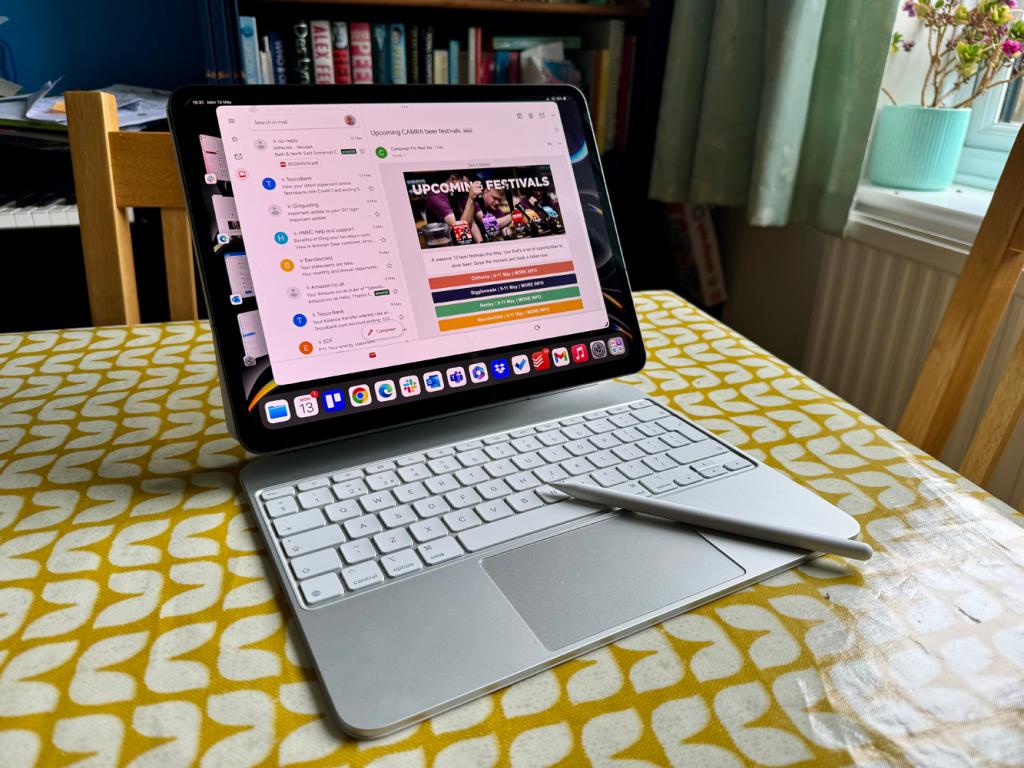

This is a closer fight than I was expecting on the hardware side: Samsung has given the Galaxy Tab S11 Ultra every opportunity to impress, with a supersize screen, water resistance, and second rear camera. It’s no performance slouch either, and should have great battery life. You also get an S Pen in the box, so is a great pick for artists or note-takers – as long as they don’t need specific apps.
That’s because the iPad Pro M4 largely has it licked on the software side. Apple’s ecosystem has better app support for the creative sorts and workers wanting a productivity device. There’s also a wider selection of AAA games. Yes, it’s more expensive – but depending on how you’ll be using your tablet, that could be money well spent.

